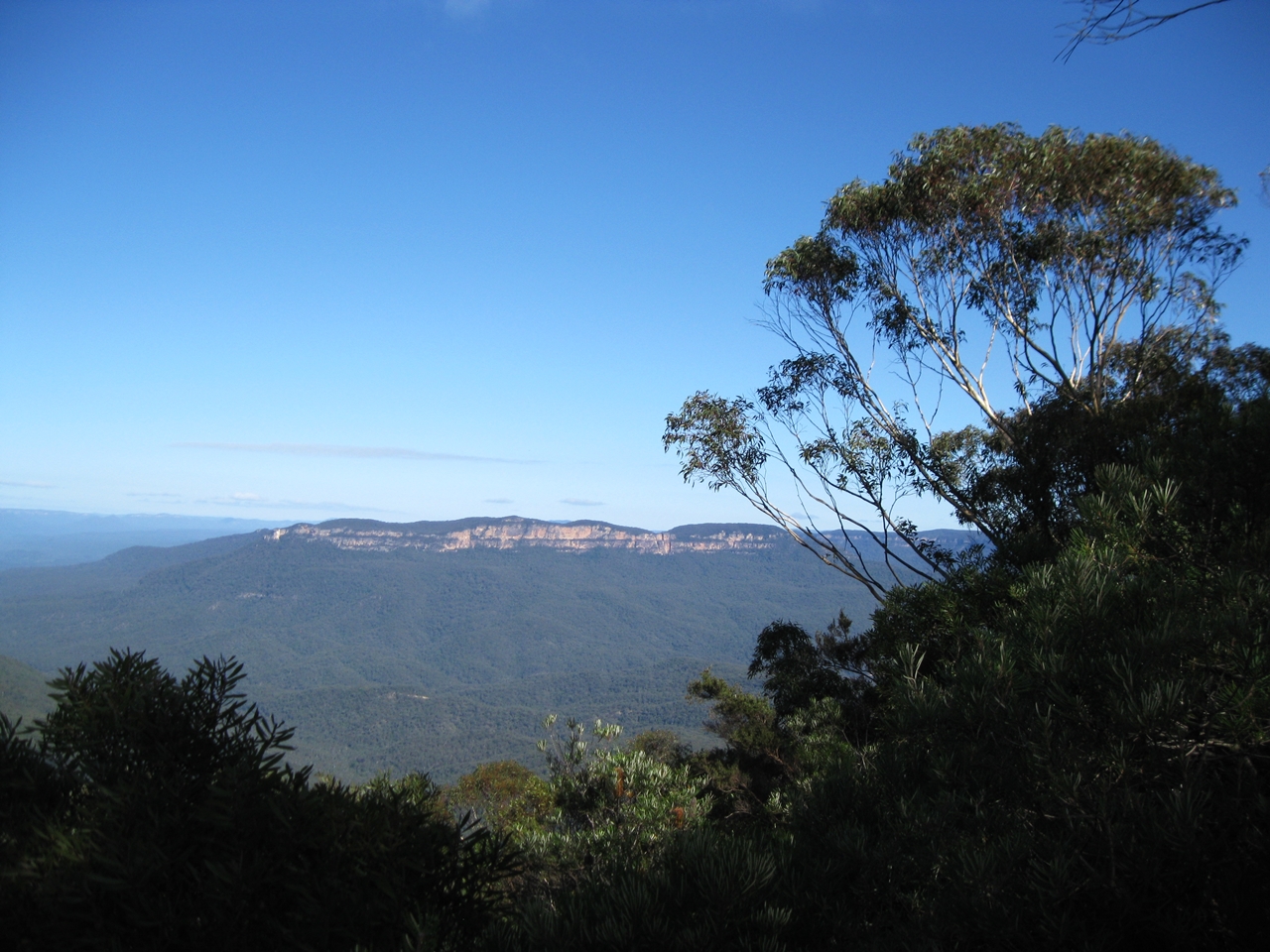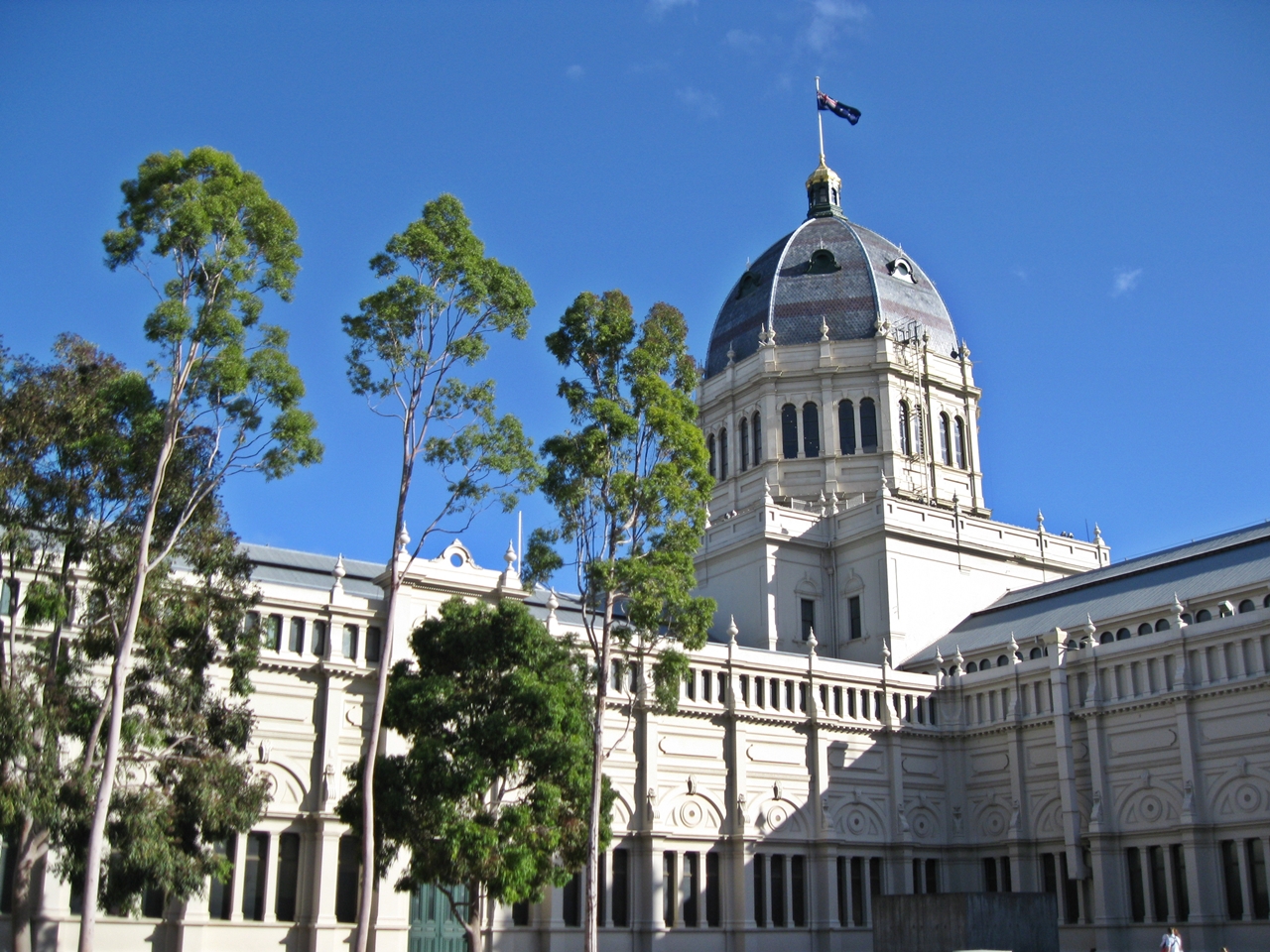The Greater Blue Mountains Area is one of Australia’s many natural heritage sites. Easily accessible from Sydney, a visit should not be missed. On my last vacation down under, I… Read More
Category: Asia & Australasia
Royal Exhibition Building and Carlton Gardens, Melbourne
The Royal Exhibition Building and Carlton Gardens in Melbourne are yet another example of my stumbling onto World Heritage Sites completely unawares. Don’t let this poor habit of mine diminish… Read More


